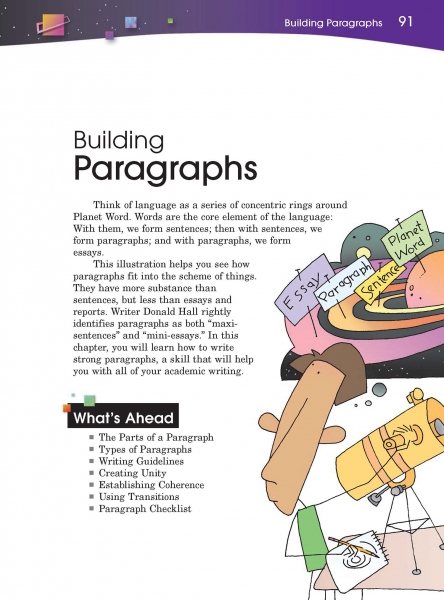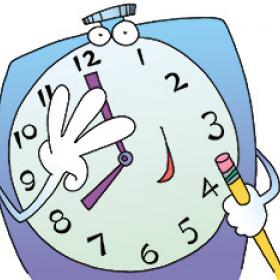Page 091 from

Start-Up Activity
On the board, write the following words just as you see them here:
- sentences
- words
- essays
- books
- paragraphs
Then ask students to put them in some type of order (for example, words, sentences, paragraphs, essays, books). Next, read and discuss the introduction on page 91.
Point out to your students that paragraphs are almost always part of something bigger. Like words and sentences, they are building blocks of larger ideas. Once students understand the information in this chapter, turn their attention to longer pieces of writing.
Think About It
“If you want to write, you must begin by beginning, continue by continuing, and finish by finishing. This is the great secret. . . . Tell no one.”
—Jack Heffron






